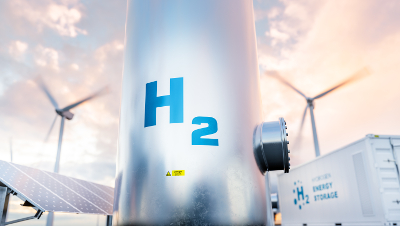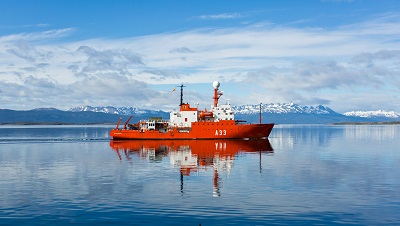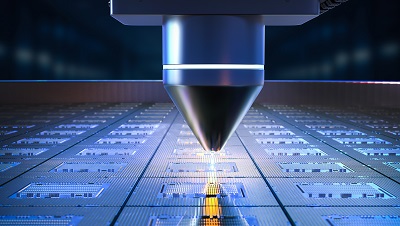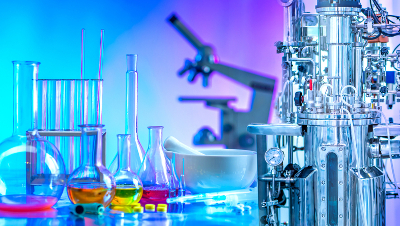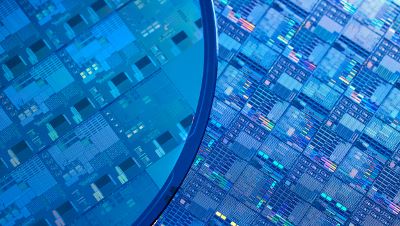Blog
Real-Time Multi-Species Gas Analysis & Reaction Monitoring
Real-time gas analysis and reaction monitoring using mass spectrometry have opened up new possibilities in various industries, including biotech,...
A Quick Intro to Oceanic Trace Gas Analysis
Oceanic trace gas analysis is a vital tool for understanding the complex relationship between the Earth's oceans and its atmosphere. It focuses...
Analysing ALD Films with Hiden HPR-30 and Analytical SIMS Range
Atomic layer deposition (ALD) is a powerful technique used in materials science to deposit thin films with precise control over thickness and...
How Secondary Ion Mass Spectrometry Compares to SEM, TEM, and AFM
Many applications in the scientific field require researchers to analyse the surface properties of materials, including their elemental, isotopic...
What is Sputtered Neutral Mass Spectrometry (SNMS)?
Sputtered neutral mass spectrometry (SNMS) is a powerful technique used to analyse solid surfaces to identify their elemental and molecular...
Titanium Nitride Deposition using HiPIMS
Unleashing the Power of Hiden EQP Series for Titanium Nitride Deposition using HiPIMS In today's highly competitive market, industries are...
Revolutionizing Fermentation and Bioreactor Monitoring in the Food Industry
The Hiden QIC BioStream Gas Analysis System is a cutting-edge technology that provides real-time, continuous monitoring of gases in complex gas...
Why Use SIMS Imaging for Depth Profiling?
Secondary ion mass spectrometry (SIMS) is advantageous for its high sensitivity and the ability to provide high spatial resolution elemental and...
Characterising Swimming Pool Contaminants via Dissolved Species Analysis
Swimming pool contamination refers to several products that can cause health problems if not prevented and maintained correctly. Using specific...

